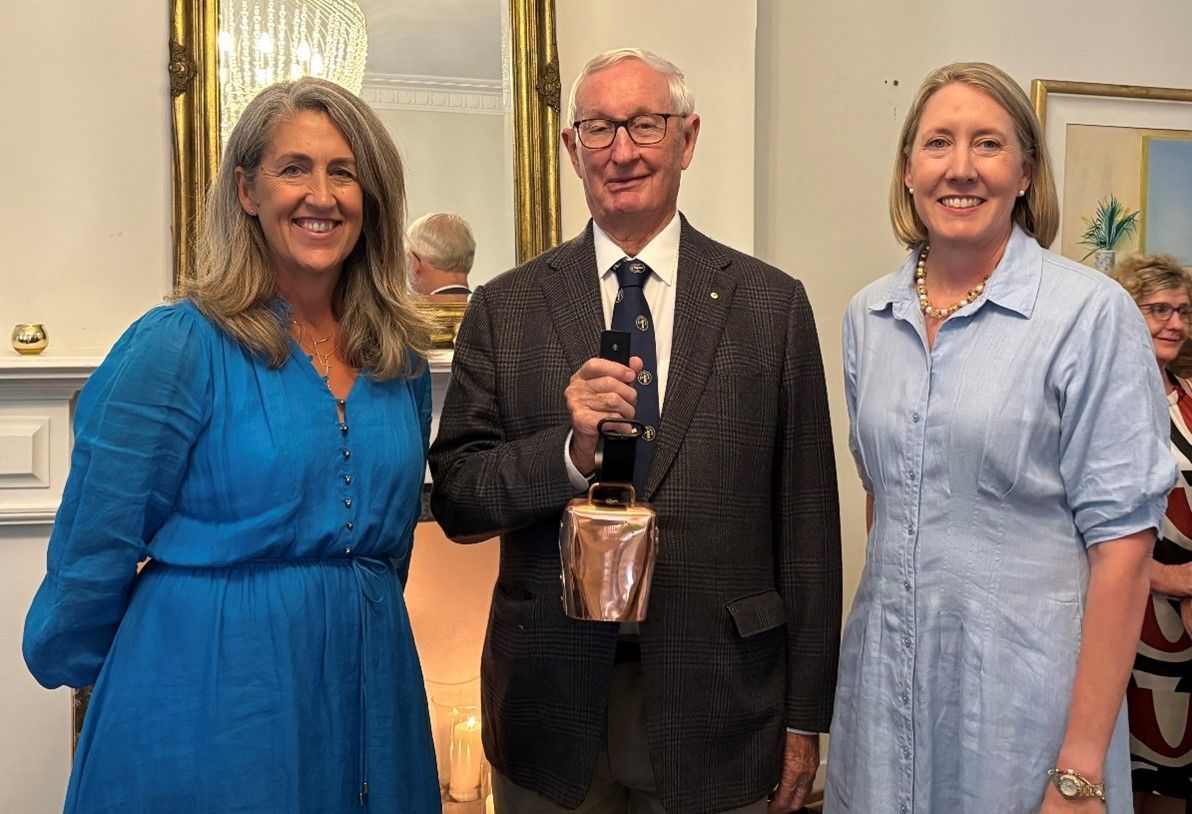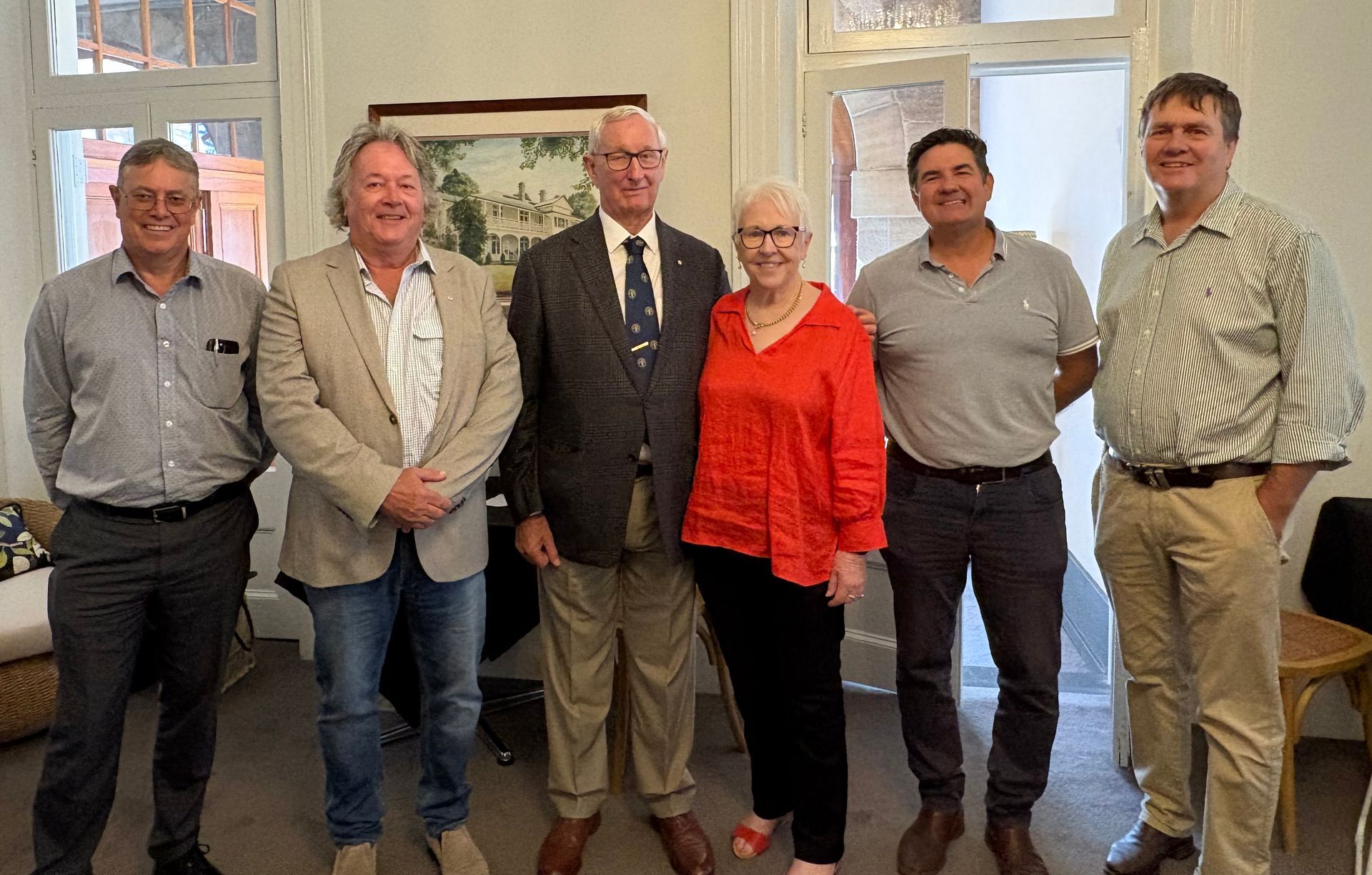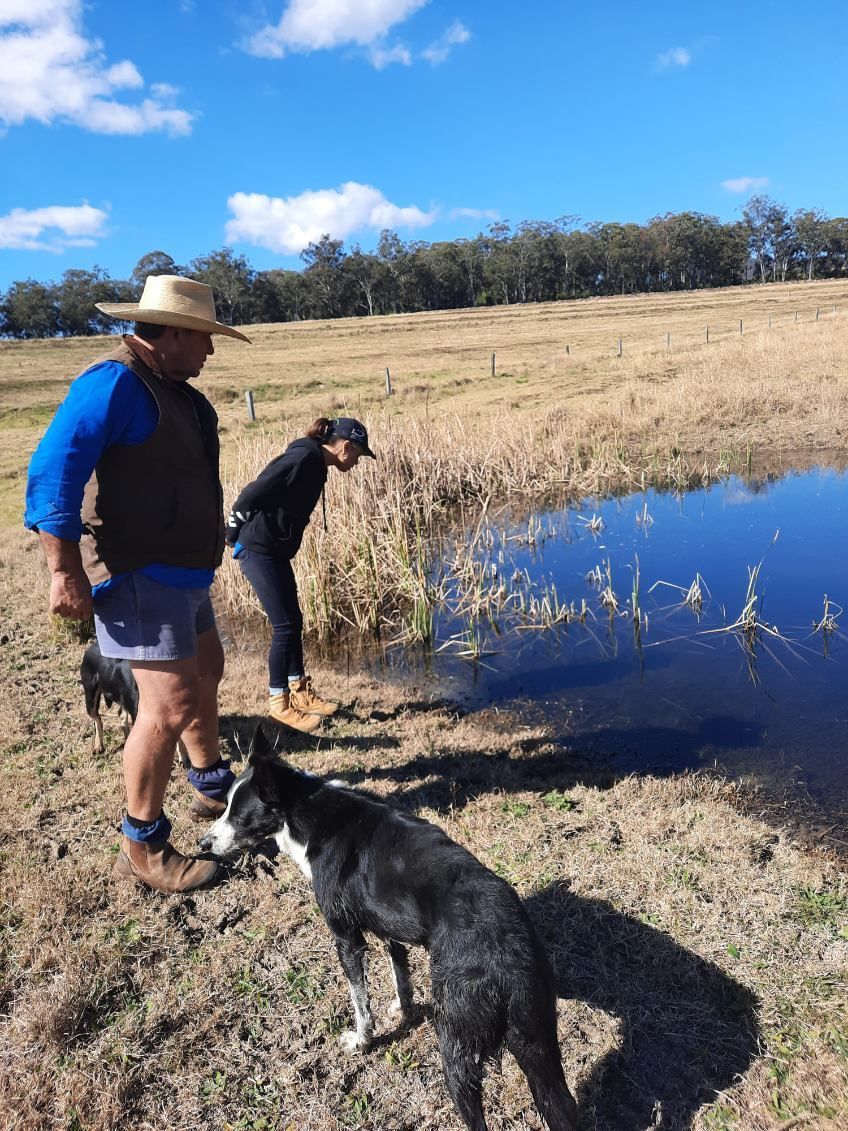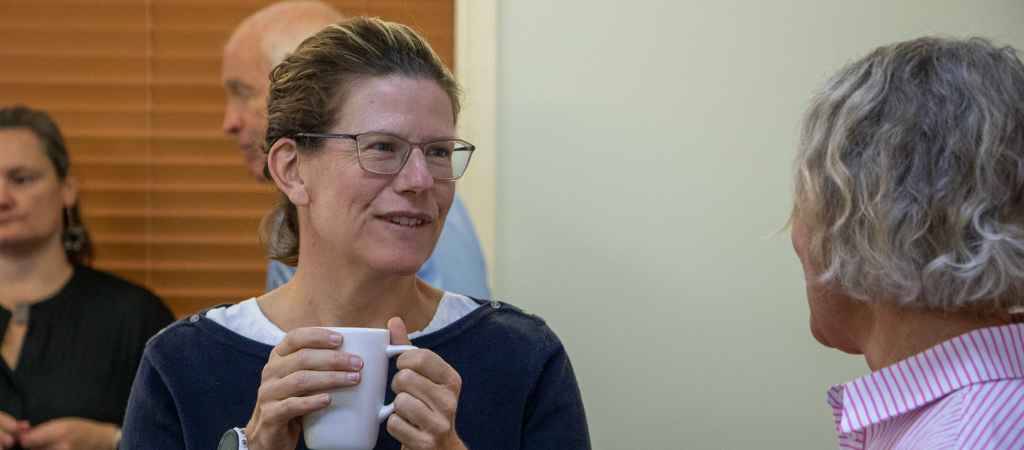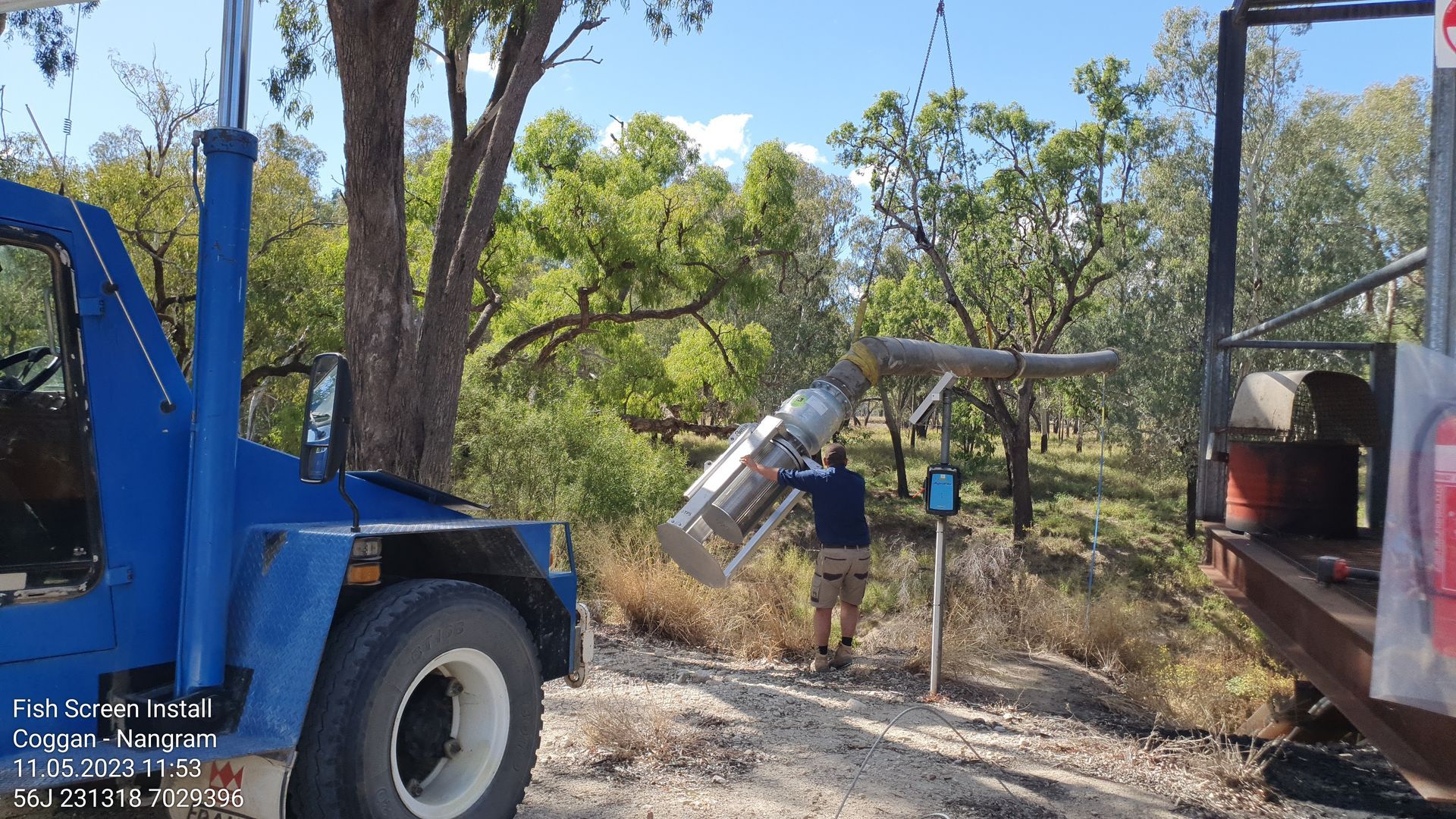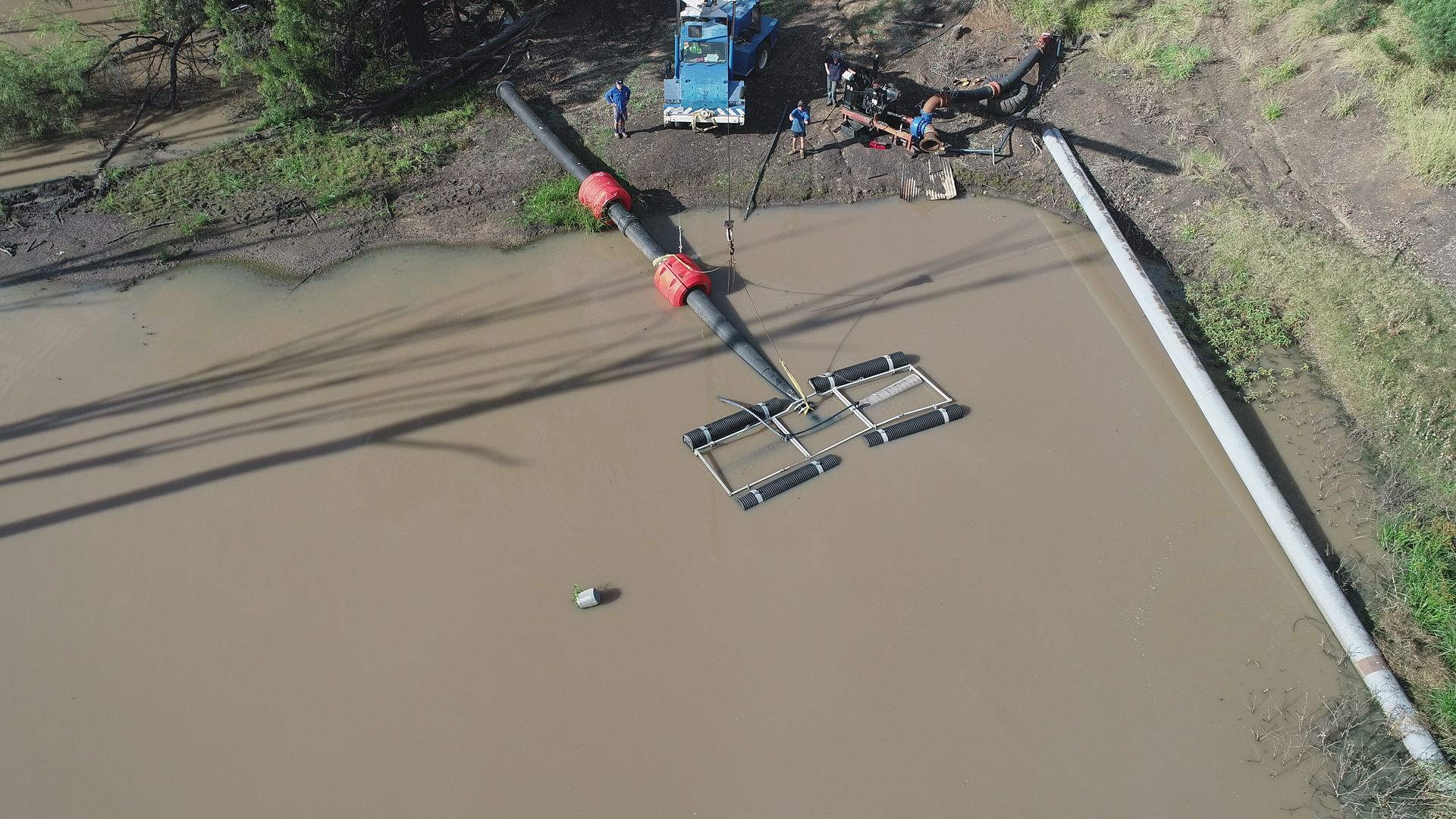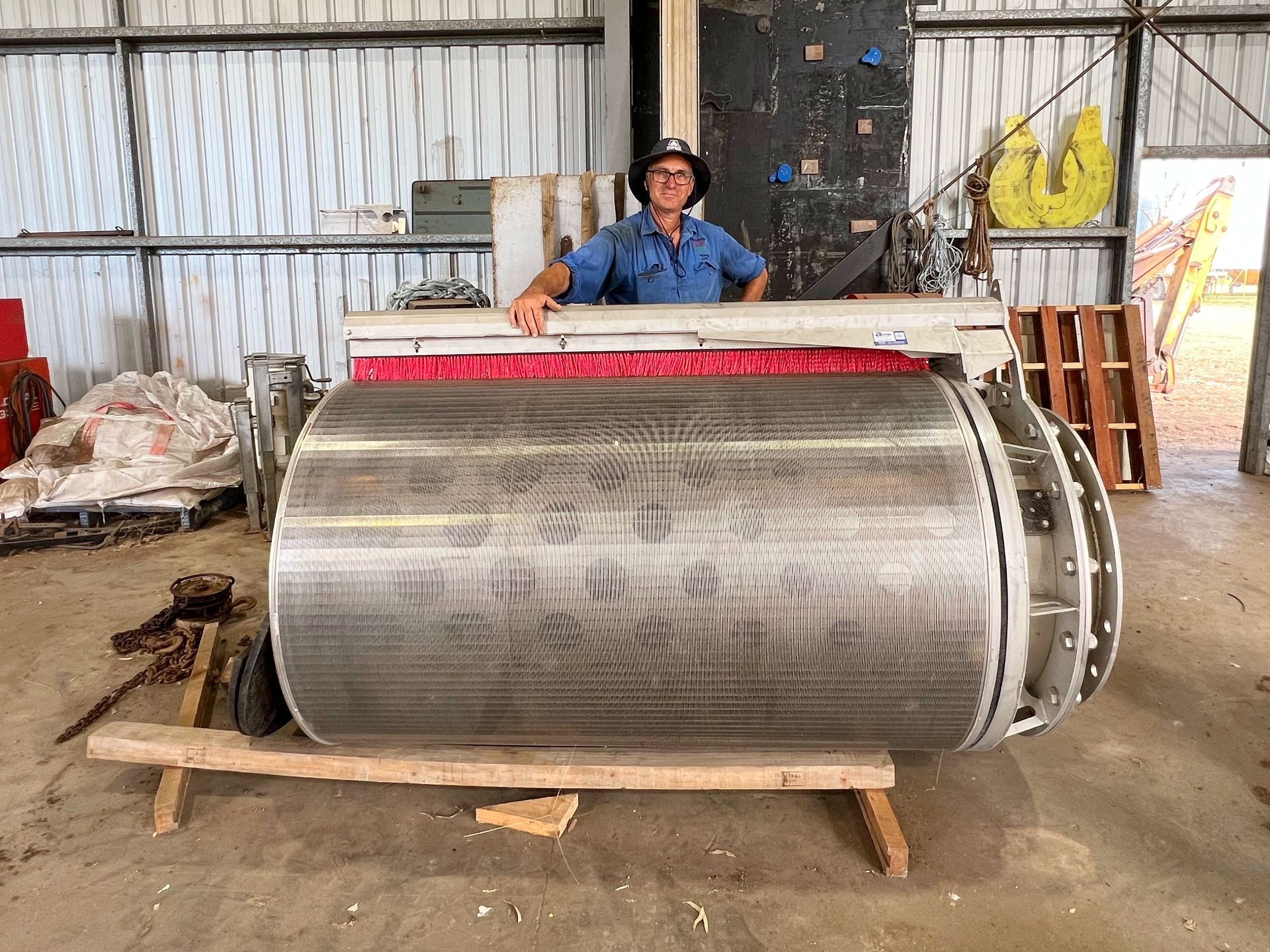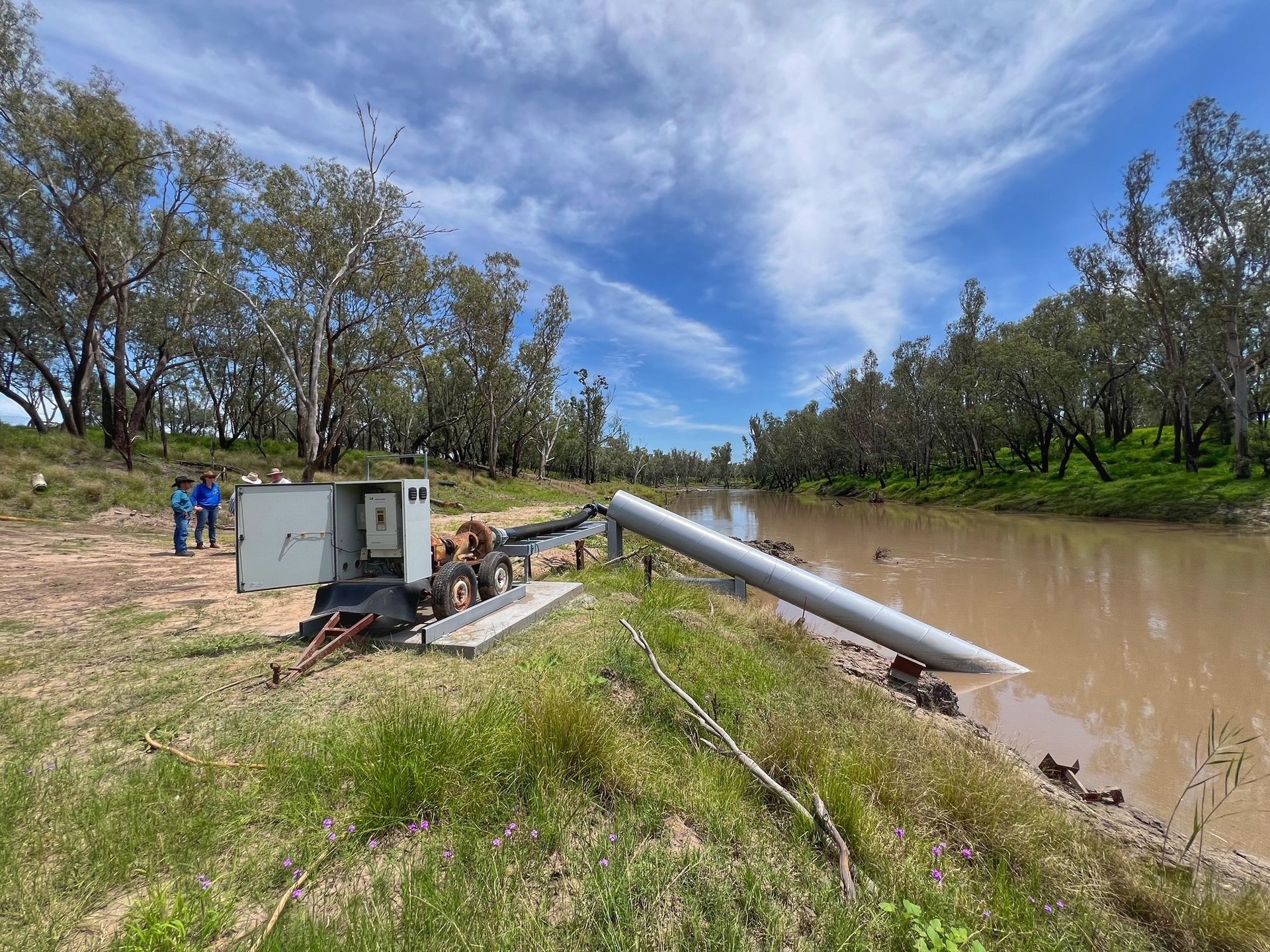It’s amazing how quickly a landscape can rebalance itself according to Jarrod and Sam Thomson of ‘Gum Gully’, located some 14 kilometres south of Drillham in Queensland.
The couple purchased the 820 hectare property in 2020 and since then have been working to reverse landscape damage caused by years of drought and overgrazing.
“Gum Gully is a very diverse farm with a lot of timber ranging from Mallee box to belah, sandalwood and a lot of native pastures,” Jarrod Thomson said.
“It’d been really knocked around by the droughts and our main goal was how do we bring back this place to make it a viable enterprise again?” Mr Thomson said.
“Quickly realising that we had to rehabilitate the land and rehydrate it fast; desertification had set in and we were struggling to grow galvanised bur,” he said.
Rehydration works included some contouring and soft engineering works combined with farm dams to slow the flow and manage water across the property to maximise each rain event regardless of whether it was 10mm or 100mm.

Some contouring, soft engineering work and farm dams are helping to slow the flow, and improve the soil moisture profile, so the Thomsons can maximise their rainfall regardless of whether it is 10mm or 100mm in an event.
These works to slow the flow on ‘Gum Gully’ were timely with the next two years providing good rainfall and the infrastructure in place to minimise sheet erosion on sparsely vegetated pastures while at the same time improving the soil moisture profile through increased infiltration.
“We’ve been here coming up three years now. We’ve also done a heap of pasture improvement and we’re now starting to see higher quality pastures come through which is obviously more beneficial for our livestock,” Sam Thomson said.
“Currently we’ve just got a handful of goats on the place and they’re really here as a weed management tool, but we project in the next 18 months to two years that we will have saved enough of a vegetation bank to reintroduce cattle through a cell grazing system,” Ms Thomson said.
“And that the pastures will be mature enough and have established enough ground cover and seed bank to self-generate and support a permanent livestock enterprise,” she said.
The Thomsons also reached out to natural resource management group, Southern Queensland Landscapes for advice and funding assistance to break up the compacted, pan-soil layers and improve biodiversity through multi-species pastures.
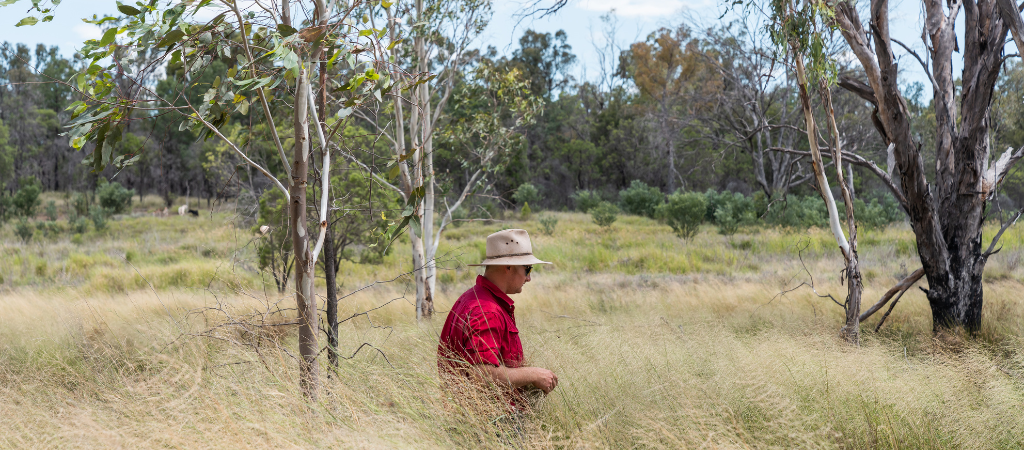
Native grasses have quickly reestablished the landscape and the Thomsons project they will be able to permanently support livestock in the next 18 months to 2 years.
Project Delivery Officer Isabella Murphy said it’s been a pleasure working with two such motivated and out-of-the-box thinkers.
“I met Jarrod and Sam after they applied through our online Facebook application process for some assistance and funding for soil health and vegetation improvement through the Australian Government’s National Landcare Program,” Isabella Murphy said.
“They’ve only been on property about three years but they are doing some amazing things out here and we’ve been able to work with Jarrod and Sam on planting some multi-species pastures to improve soil health and naturally cultivate the soil through deep tap roots; as well as trialling vegetation mulching to improve vegetation condition,” Ms Murphy said.
“We've been able to help them out on their journey to make that land a little bit more productive while maintaining habitat values and the ecosystem,” she said.
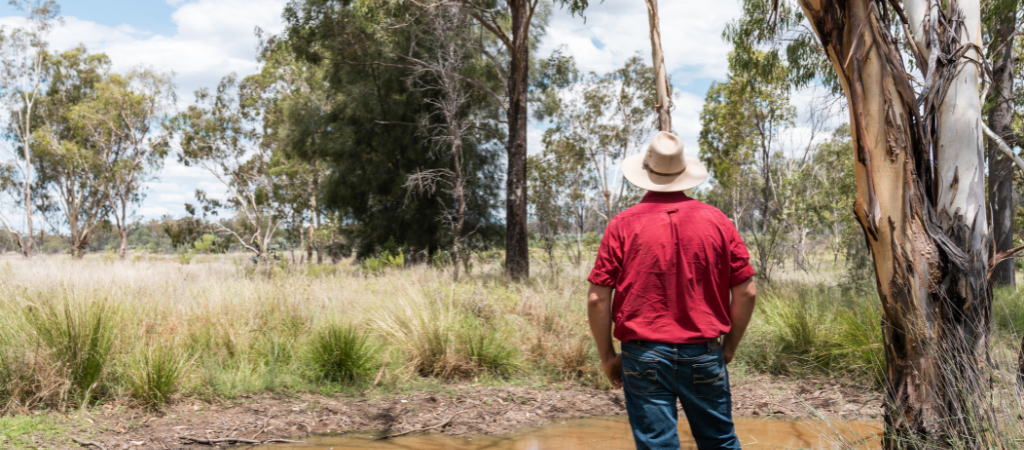
Contouring has enabled the Thomsons to slow the flow thereby reducing sheet erosion from unvegetated pastures, and improved soil moisture content due to increased infiltration.
Partnering with SQ Landscapes has provided the pair with a good sounding board and source of knowledge and advice.
“It was a huge help from Southern Queensland Landscapes; we reached out to them via Facebook and it’s been great in the way that we have had people backing us and giving us different perspectives and ideas that we might not have considered or thought about,” Jarrod Thomson said.
“Being out in the paddock, taking a shovel out and having a look at the soil; looking up at the trees, the birdlife that has come back 10-fold from when we first got here, just with what we have done to date is really gratifying and just shows how quickly the system can correct itself when given the chance,” Mr Thomson said.
“Seeds are naturally there. The environment is going to fix itself, the important thing to take away from it is weeds aren’t your enemy; they are friends that are covering the ground, so leave them be and more of your grass species will come up eventually,” he said.
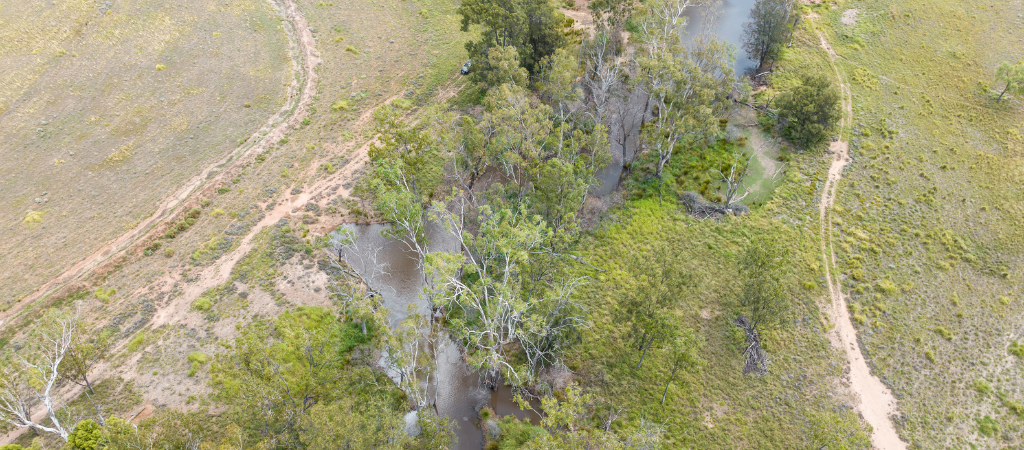
‘Gum Gully’ is a 820-hectare property located 14 kilometres south of Drillham, Queensland and featuring Mallee box, belah, sandalwood and native pastures.
When asked what can others learn from their story, the Thomsons said just listen and learn everything you possibly can from anyone who is willing to share what they are doing because it's all valuable.
“Be a sponge and soak up every bit of information that you can get. Everything! It might be miniscule, but it's all relevant,” Sam Thomson said.,
“Everything brings a different perspective, you might not need it at that time, but there’s no reason why you won't think of it and remember it 10-years down the track,” Mr Thomson said.
“We’re on track to both be full-time on the farm within the next three years; that’ll give us enough time to finish putting up the infrastructure and to get cattle in, which is that next phase so ideally we kind of want to have as much done as what we can before we both settle on farm,” he said.
The Landcare Farming Program (LFP) is a joint partnership between the Landcare Australia and National Landcare Network, and funded by the Australian Government's National Landcare Program to strengthen the connection between landcare and Australian agriculture.
